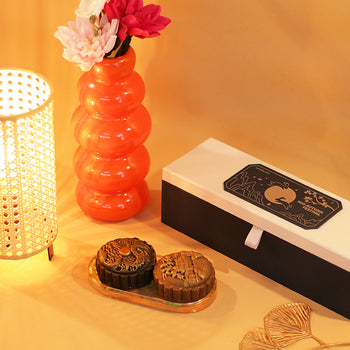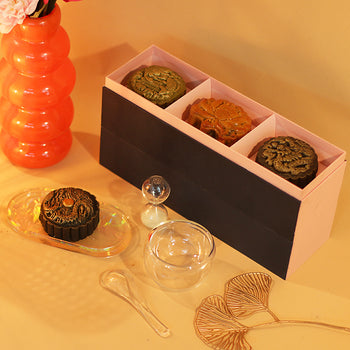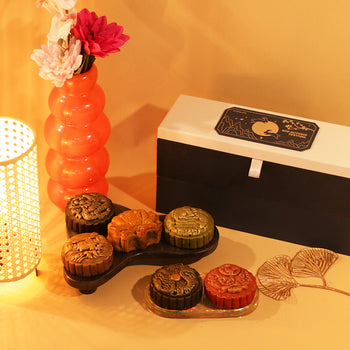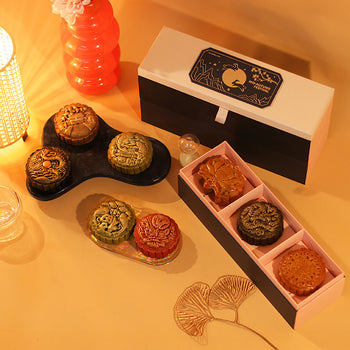- OLXTOTO adalah platform terpercaya yang menyediakan login cepat dan aman untuk Toto Macau & Togel 4D. Semua data result, prediksi, dan pola keluaran ditampilkan real-time tanpa delay, membantu pemain memantau angka terbaru dengan akurasi tinggi. Kecepatan update ini sangat penting untuk strategi bermain yang konsisten setiap hari.
- OLXTOTO adalah platform terpercaya yang menyediakan login cepat dan aman untuk Toto Macau & Togel 4D. Semua data result, prediksi, dan pola keluaran ditampilkan real-time tanpa delay, membantu pemain memantau angka terbaru dengan akurasi tinggi. Kecepatan update ini sangat penting untuk strategi bermain yang konsisten setiap hari.














 PROMO
PROMO
 LOGIN
LOGIN
 DAFTAR
DAFTAR
 Live Chat
Live Chat